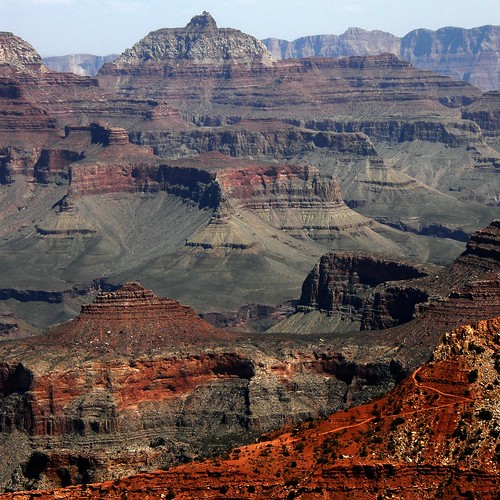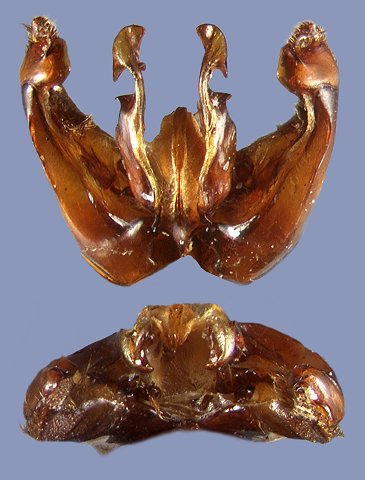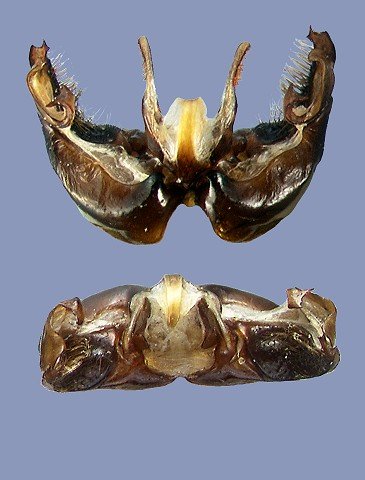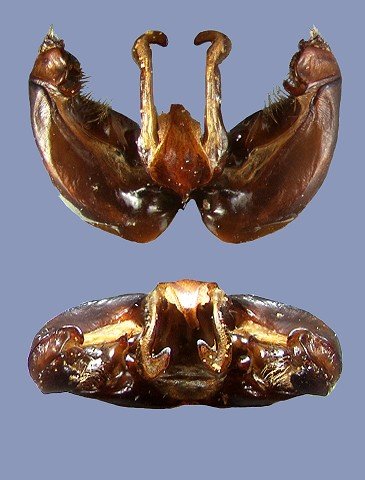The Earth: An Intimate History is big, fat (480 page) book about geology. Richard Fortey writes extremely well and it’s an impressive attempt to make a fairly dense subject exciting.

I have to admit though I nearly didn’t finish it; by about halfway though I’d had about as much as I could take of schist, gneiss, nappes and the endless litany of different places, geological periods and minerals that every new page seemed to require. So I put it down for a few weeks.
But eventually I built up the willpower to finish it off, and I’m glad I did; there’s plenty of interesting stuff in there, like the fact that the rocks of England and Scotland were formed on different sides of the Atlantic — or at least a previous ocean that lay between previous versions of Europe and America. Or the fact that in university laboratories, geologists have built vast machines that can squeeze minute samples of rock to the point where they mimic the temperatures and pressures found hundreds of kilometres below the earth’s surface.
» The Grand Canyon is possibly a rather unoriginal choice of photo to illustrate geology, but wotthehell, it’s relevant and looks spectacular. Couleurs de la Terre / Colours of the Earth is © Olibac and used under a CC by-nc-nd license.



